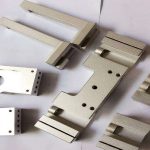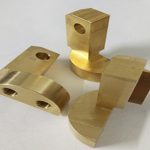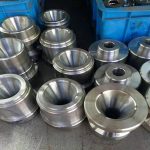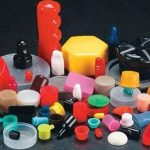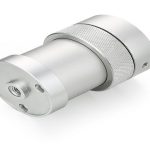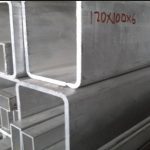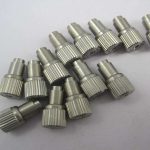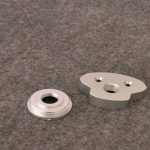1. The role of aluminum and aluminum alloy heat treatment
The aluminum and aluminum alloy materials are heated to a certain temperature and kept for a certain period of time to obtain the expected product structure and performance.
2. Basic principle of aluminum and aluminum alloy heat treatment
(1) Annealing:
The product is heated to a certain temperature and kept for a certain period of time and then cooled to room temperature at a certain cooling rate. Through the diffusion and migration of atoms, the organization is made more uniform, stable, and internal stress is eliminated, which can greatly improve the plasticity of the material, but the strength will be reduced.
① Homogenization annealing of ingot:
Long-term heat preservation at high temperature, and then cooling at a certain speed (high, medium, low, slow) to homogenize the chemical composition, structure and performance of the ingot, which can increase the plasticity of the material by about 20%, reduce the extrusion force by about 20%, and increase The extrusion speed is about 15%, and the surface treatment quality of the material is improved at the same time.
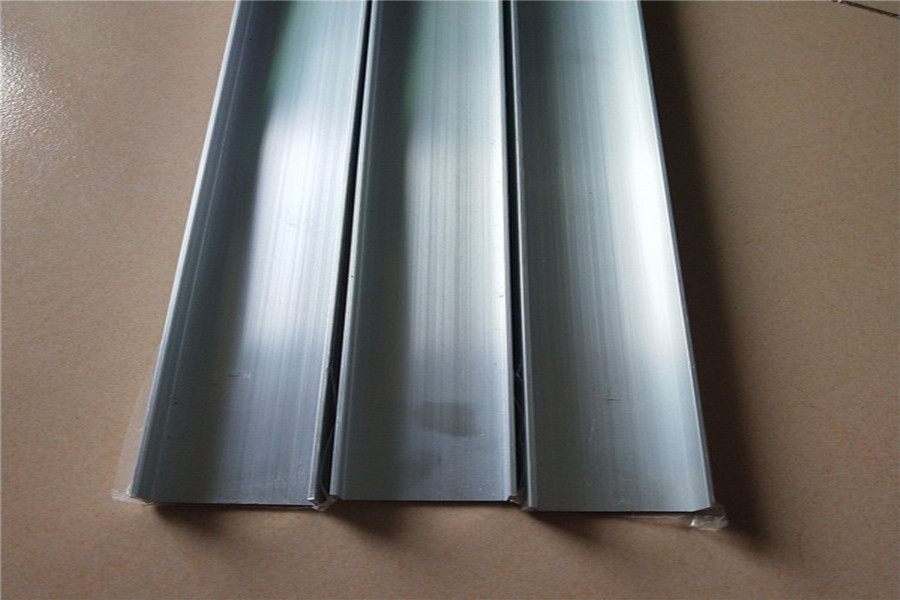
②Intermediate annealing:
It is also called partial annealing or inter-process annealing, which is to improve the plasticity of the material, eliminate the internal processing stress of the material, and keep it at a lower temperature for a short time, so as to facilitate continuous processing or obtain a certain combination of properties.
③Fully annealed:
Also known as finish annealing, it is to keep a certain time at a higher temperature to obtain a softened structure in a completely recrystallized state, which has the best plasticity and lower strength.
(2) Solution quenching treatment:
Heat the heat-treatable and strengthened aluminum alloy material to a higher temperature and keep it for a certain period of time, so that the second phase or other soluble components in the material are fully dissolved into the aluminum matrix to form a supersaturated solid solution, and then quickly cooled Keep this supersaturated solid solution at room temperature, it is an unstable state, because it is in a high-energy state, solute atoms may precipitate out at any time. However, at this time, the plasticity of the material is relatively high, and cold working or straightening procedures can be carried out.
①On-line quenching:
For some alloy materials with low quenching sensitivity, high temperature during extrusion can be used for solid solution, and then quenched with air cooling (T5) or water mist cooling (T6) to obtain a certain structure and performance.
②Off-line quenching:
For some alloy materials with high quenching sensitivity, they must be reheated to a higher temperature in a special heat treatment furnace and kept for a certain period of time, and then quenched into water or oil with a transfer time of no more than 15 seconds to obtain a certain structure and Performance can be divided into salt bath quenching, air quenching, vertical quenching, and horizontal quenching according to different equipment.
(3) Timeliness:
After solution quenching, the material is kept at room temperature or higher temperature for a period of time, the unstable supersaturated solid solution will be decomposed, and the second phase particles will be precipitated (or precipitate) from the supersaturated solid solution and distributed in α (AL ) The strengthening effect is called precipitation (precipitation) strengthening around the aluminum grains.
Natural aging:
Some alloys (such as 2024, etc.) can produce precipitation strengthening at room temperature, which is called natural aging.
Artificial aging:
Some alloys (such as 7075, etc.) have no obvious precipitation strengthening at room temperature, but the precipitation strengthening effect at higher temperatures is obvious, which is called artificial aging.
Artificial aging can be divided into under-aging and over-aging.
① Under-aging:
In order to obtain a certain performance, control a lower aging temperature and maintain a short aging time.
②Overdue:
In order to obtain some special performance and better comprehensive performance, the aging is carried out at a higher temperature or a longer time of heat preservation.
③Multi-level aging:
In order to obtain some special performance and good comprehensive performance, the aging process is divided into several stages.
It can be divided into two-stage and three-stage aging
(4) Regression processing:
In order to improve the plasticity and facilitate the cold-bending forming or correct the shape and position tolerances, the products that have been quenched and aged can be heated at high temperatures for a short period of time to return to the new quenched state, which is called regression treatment.
Link to this article: Analysis on the heat treatment process of aluminum and aluminum alloy
Reprint Statement: If there are no special instructions, all articles on this site are original. Please indicate the source for reprinting:https://www.cncmachiningptj.com/,thanks!
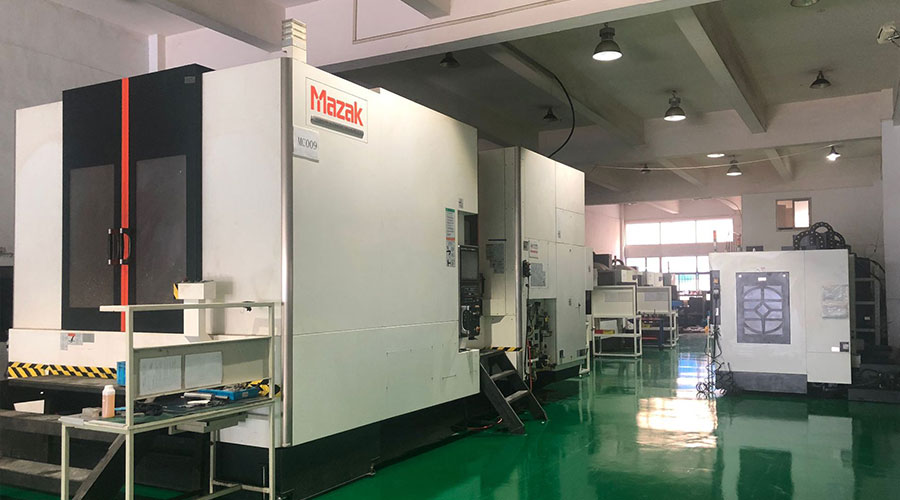 Sheet metal, beryllium, carbon steel, magnesium, 3D printing, precision CNC machining services for heavy equipment, construction, agriculture and hydraulic industries. Suitable for plastics and rare alloys machining. It can turn parts up to 15.7 inches in diameter. Processes include swiss machining,broaching, turning, milling, boring and threading. It also provides metal polishing, painting, surface grinding and shaft straightening services. The production range(include aluminum die casting and zinc die casting) is up to 50,000 pieces. Suitable for screw, coupling, bearing, pump, gearbox housing, drum dryer and rotary feed valve applications.PTJ will strategize with you to provide the most cost-effective services to help you reach your target,Welcome to Contact us ( [email protected] ) directly for your new project.
Sheet metal, beryllium, carbon steel, magnesium, 3D printing, precision CNC machining services for heavy equipment, construction, agriculture and hydraulic industries. Suitable for plastics and rare alloys machining. It can turn parts up to 15.7 inches in diameter. Processes include swiss machining,broaching, turning, milling, boring and threading. It also provides metal polishing, painting, surface grinding and shaft straightening services. The production range(include aluminum die casting and zinc die casting) is up to 50,000 pieces. Suitable for screw, coupling, bearing, pump, gearbox housing, drum dryer and rotary feed valve applications.PTJ will strategize with you to provide the most cost-effective services to help you reach your target,Welcome to Contact us ( [email protected] ) directly for your new project.
Link to this article:Analysis on the heat treatment process of aluminum and aluminum alloy
Reprint Statement: If there are no special instructions, all articles on this site are original. Please indicate the source for reprinting:Tungusten,Thanks!^^

